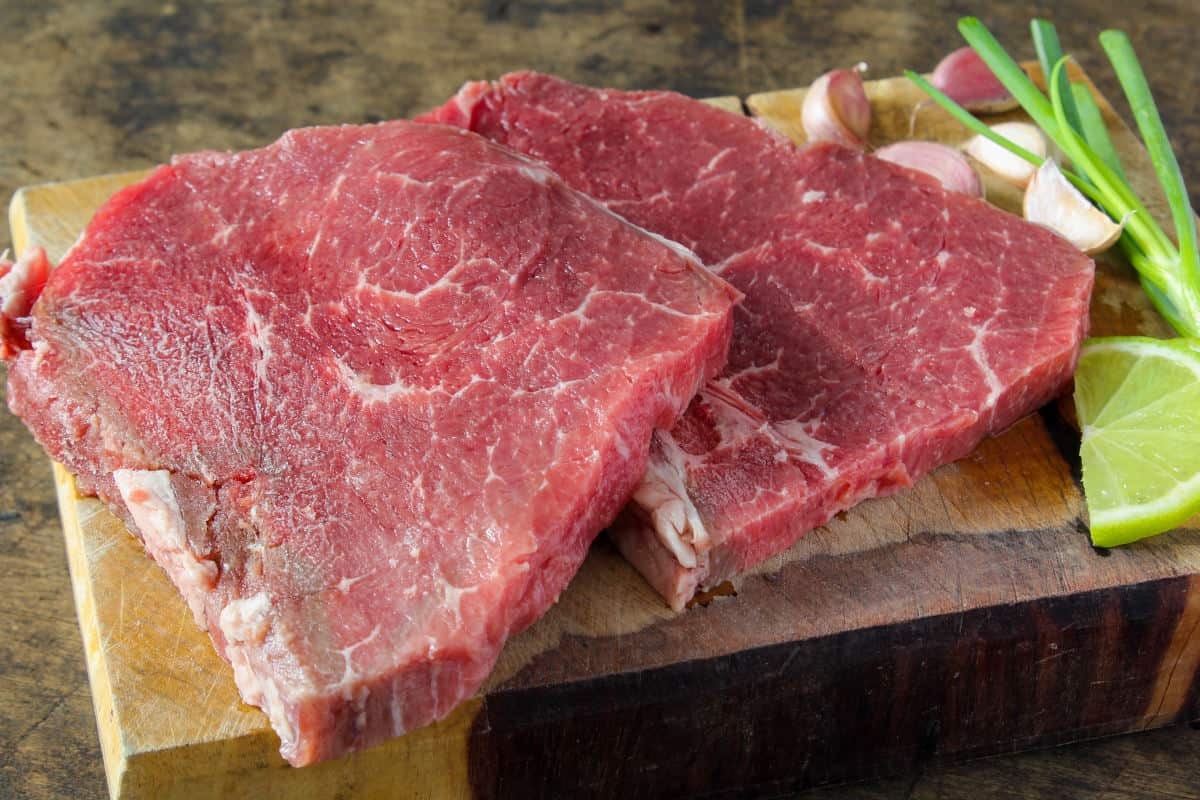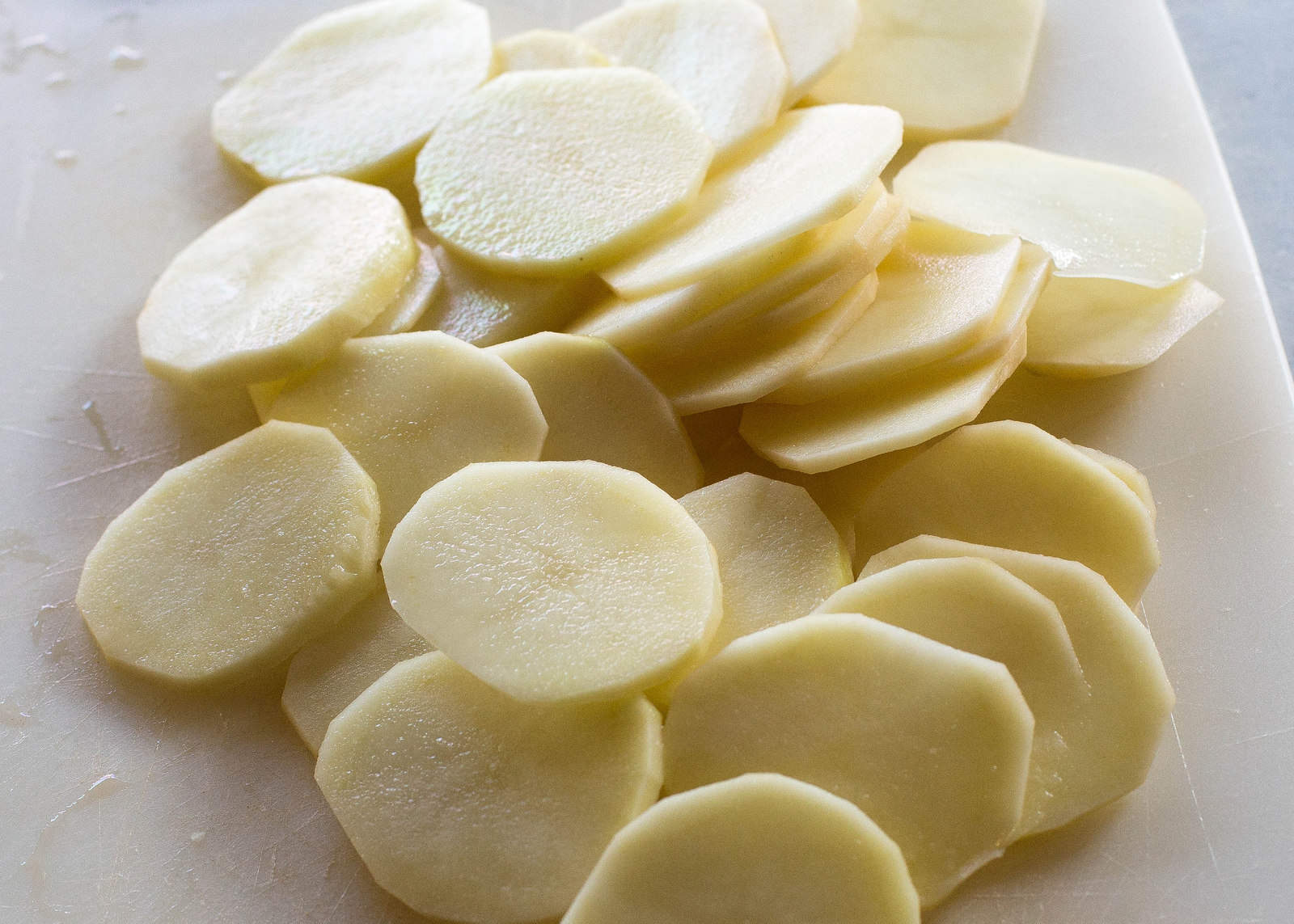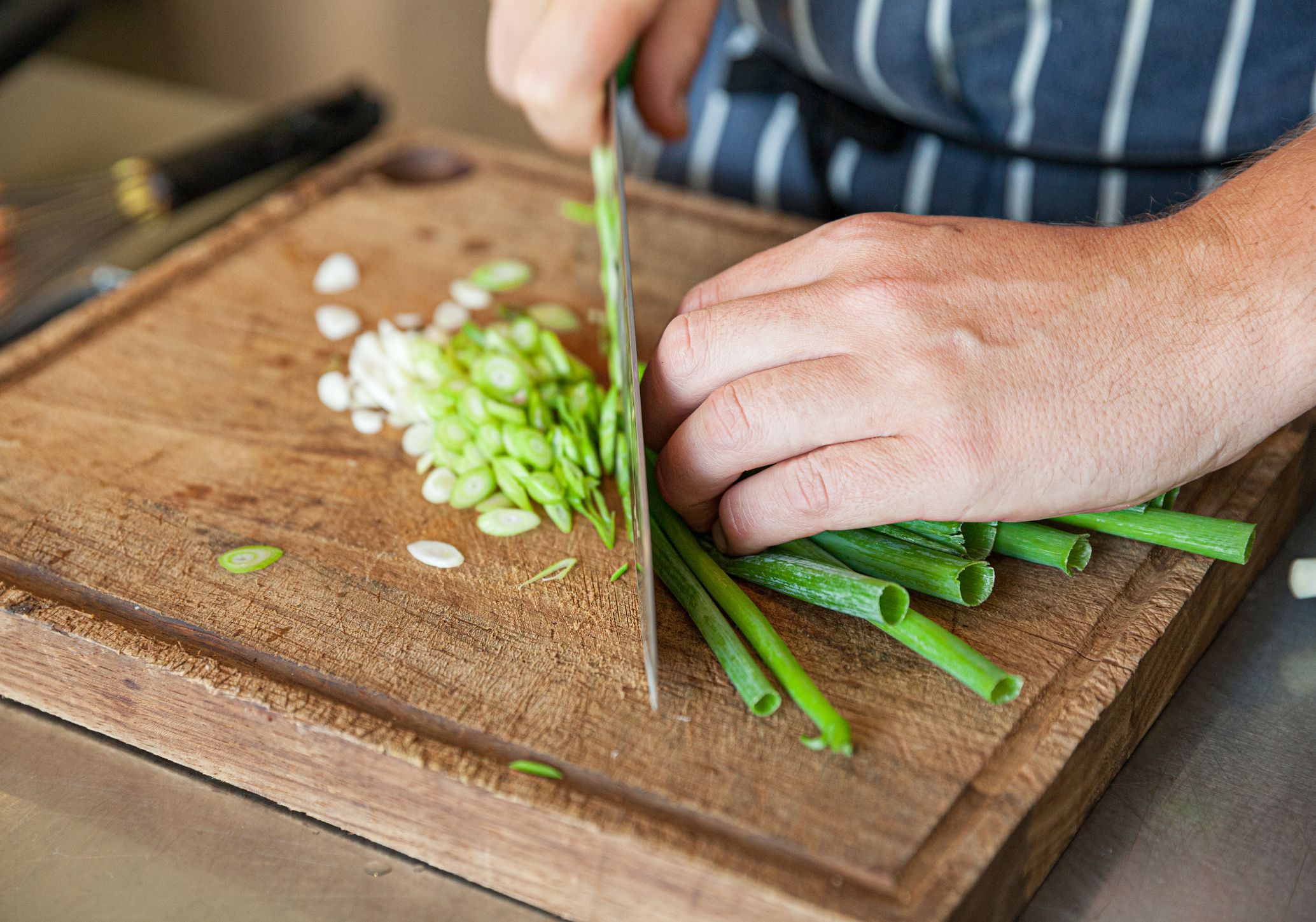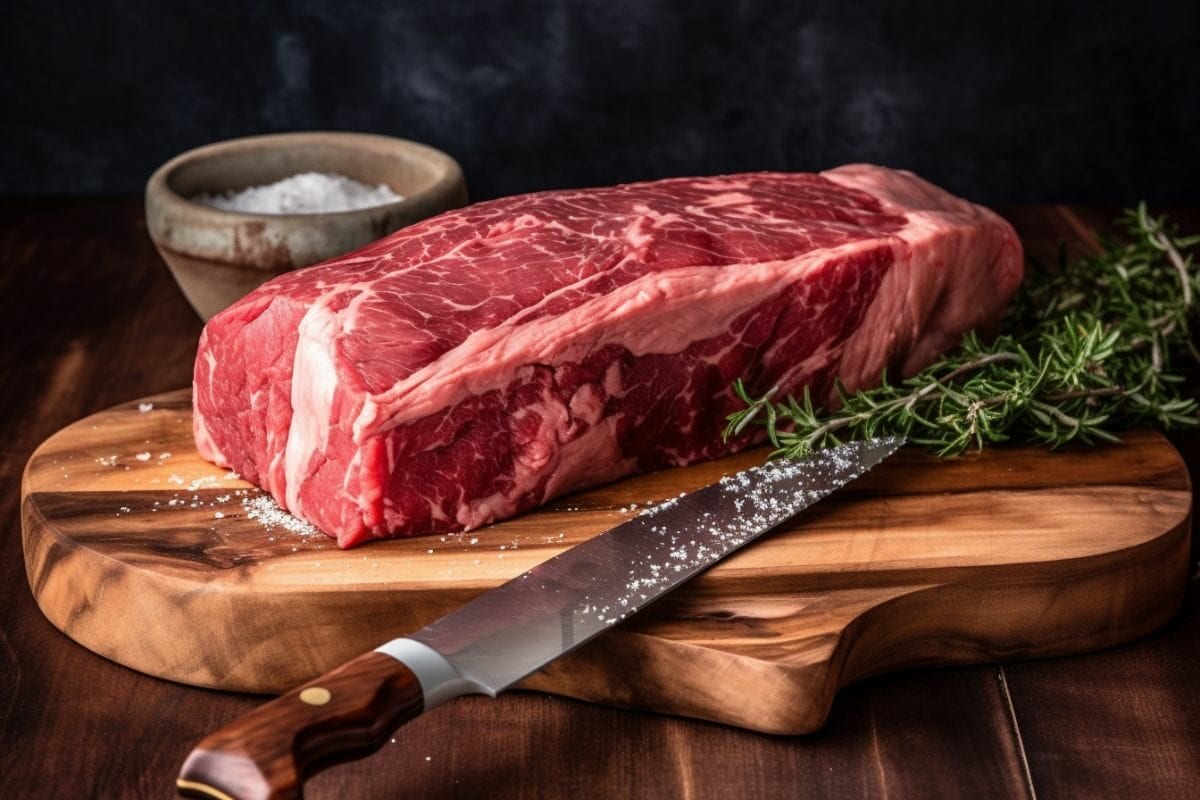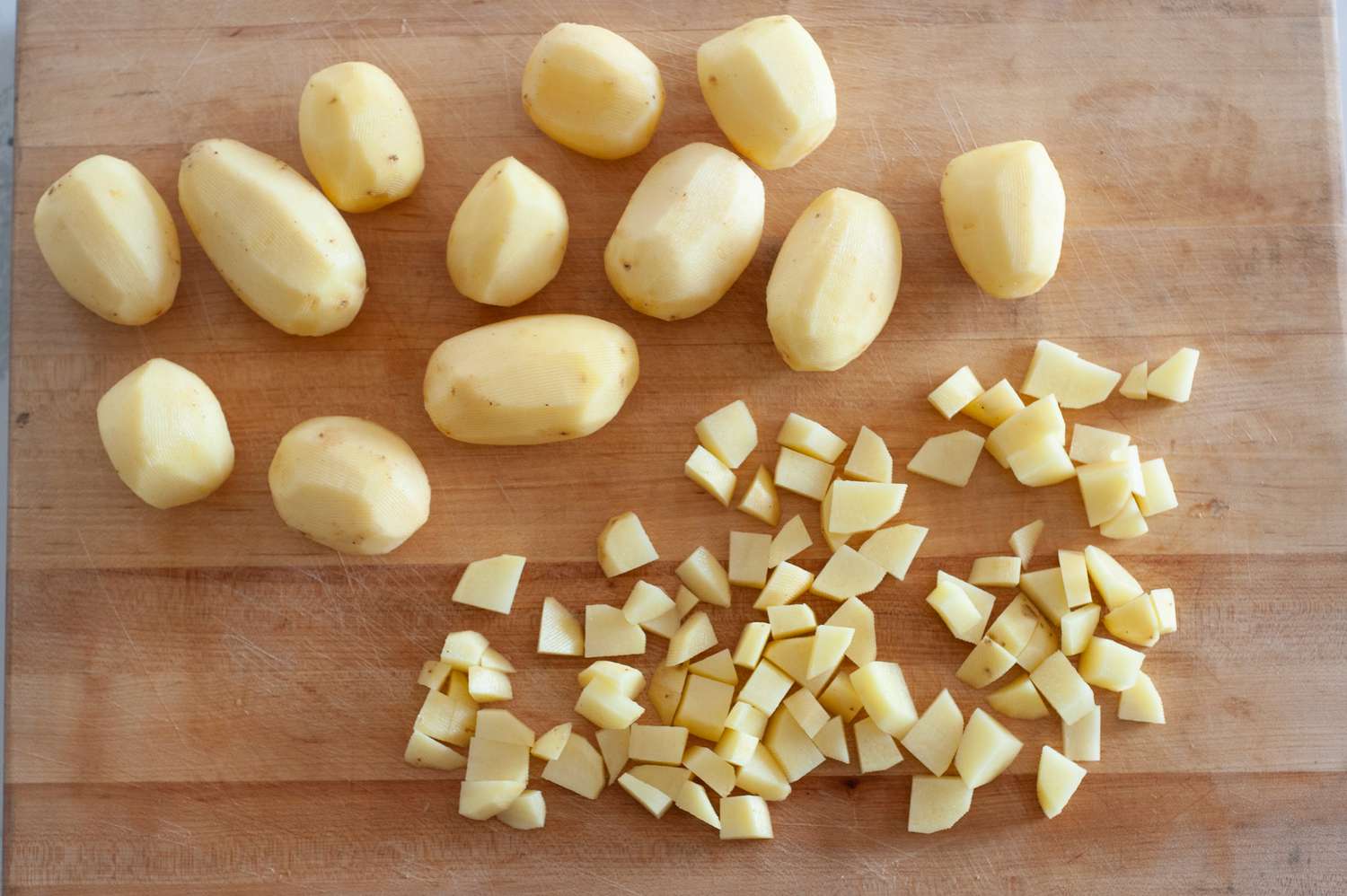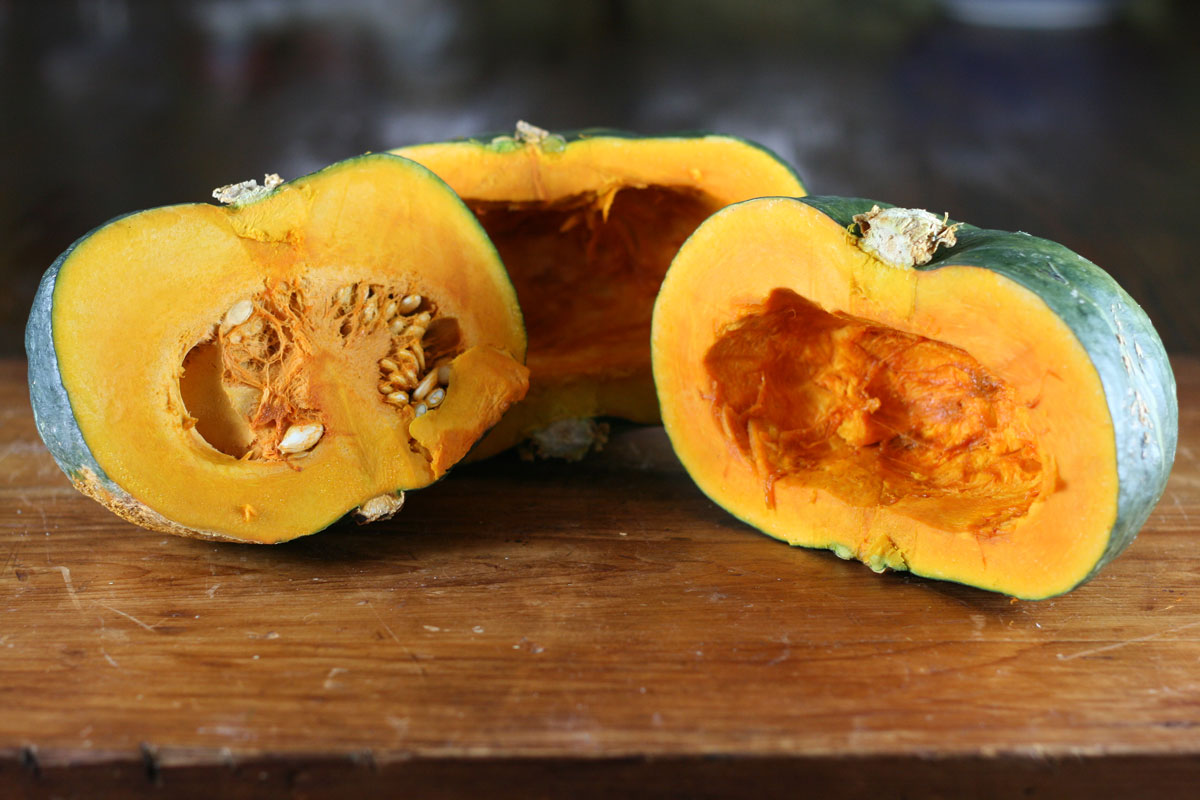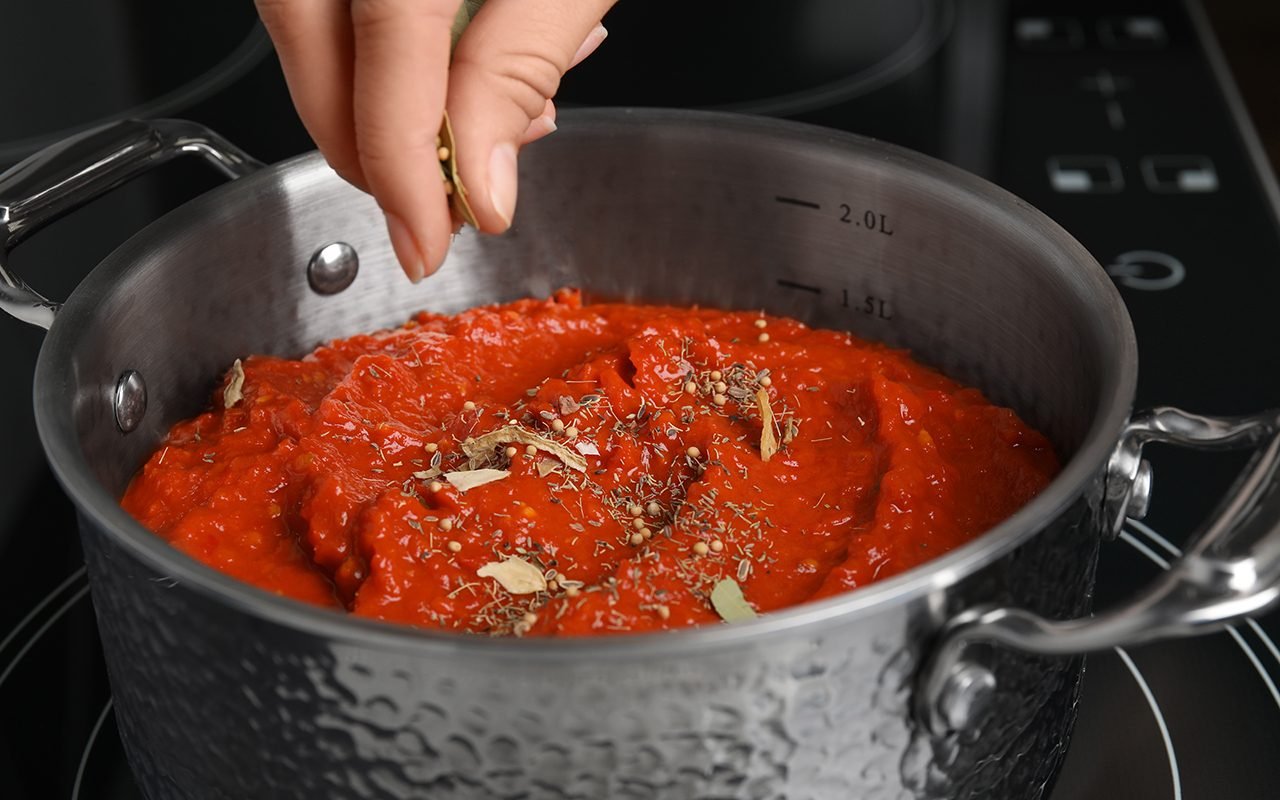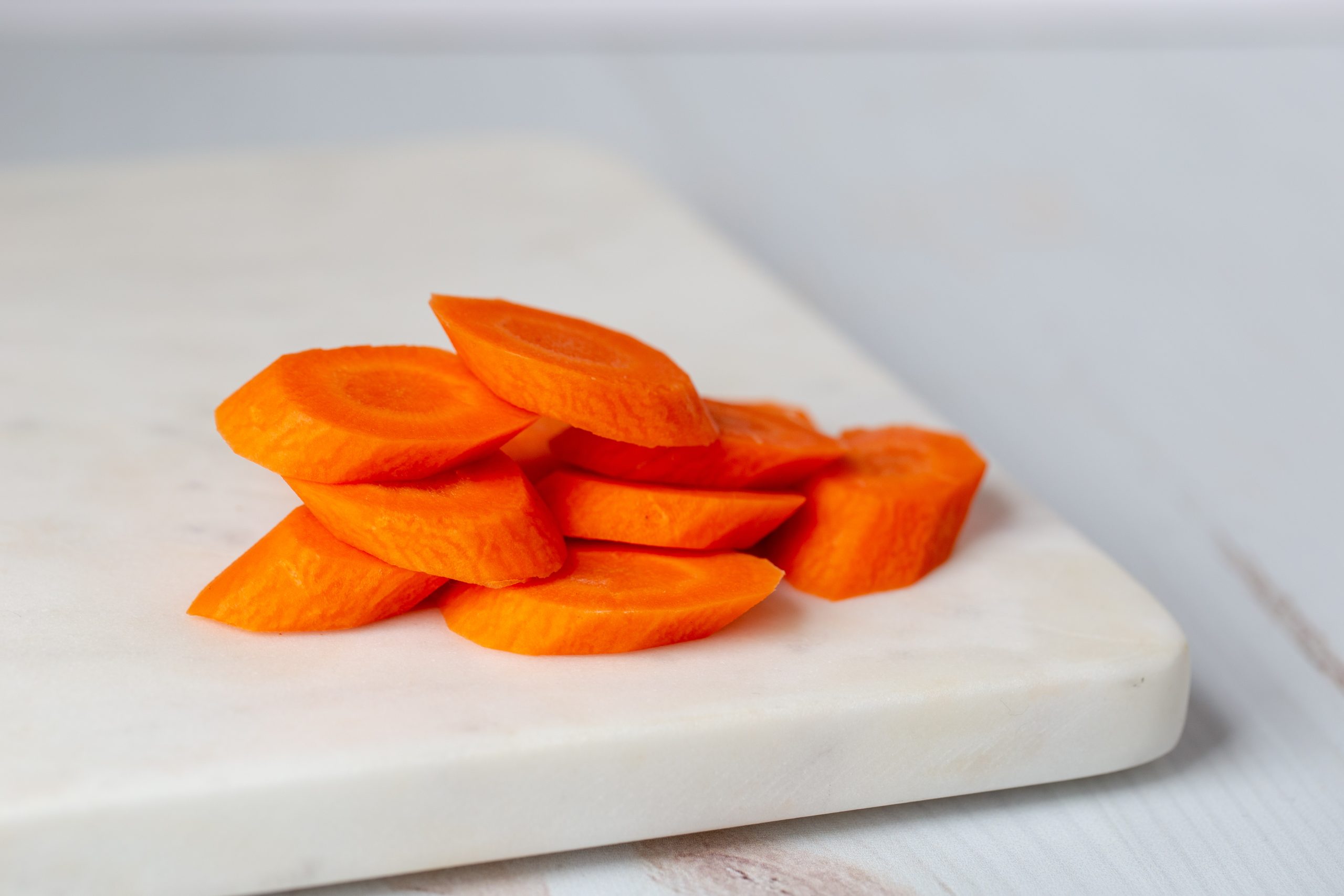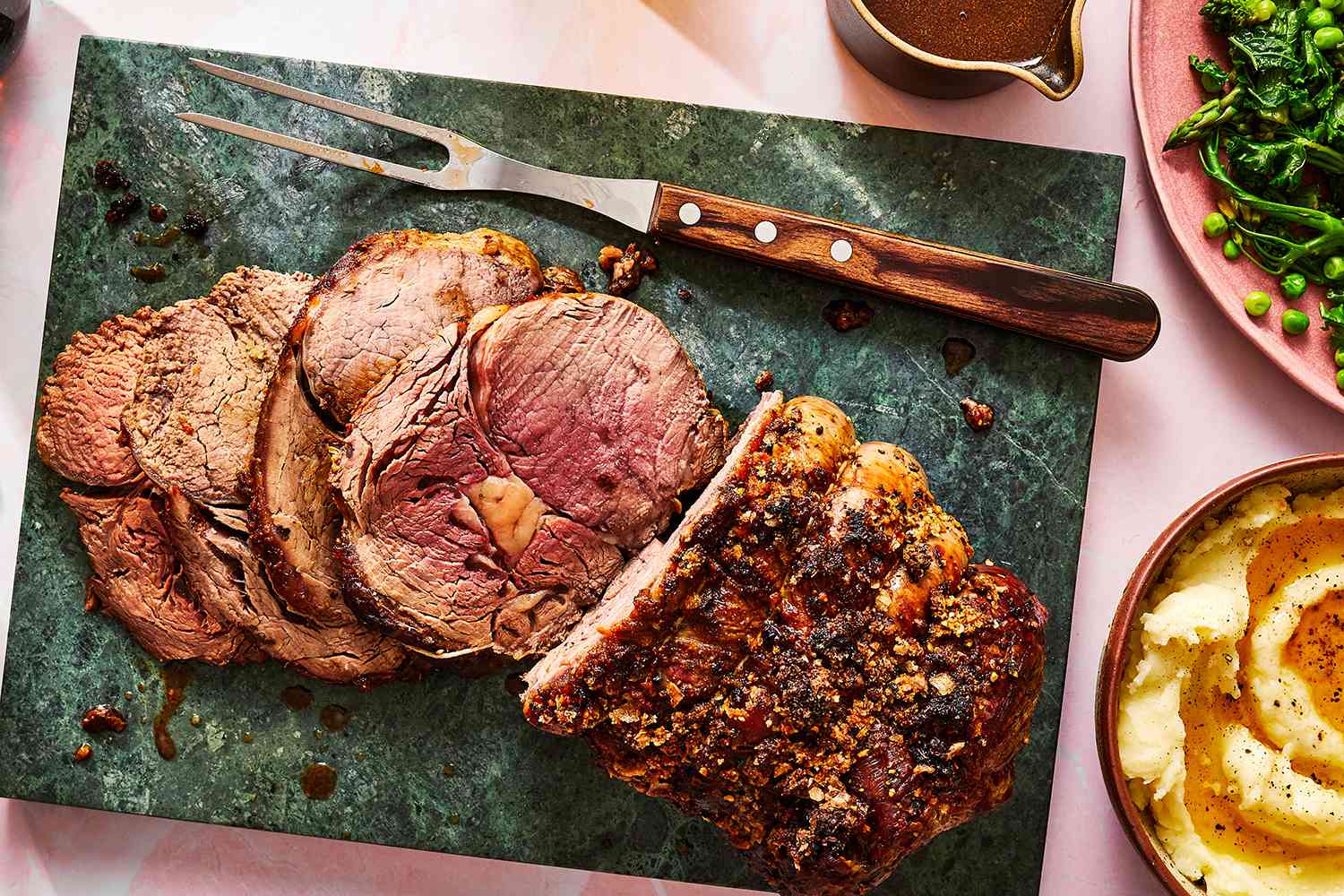How To Cut The Heat In Chili
Chili, a beloved and flavorful dish, can sometimes pack quite a punch when it comes to heat. Whether you accidentally added too many spicy peppers or simply prefer a milder taste, there are several methods you can employ to tame the fiery nature of chili without compromising its deliciousness. In this guide, we’ll explore easy and effective ways to cut the heat in your chili, ensuring everyone can enjoy this classic dish.
1. Adjust the Spice Level
If your chili is too hot to handle, there are simple adjustments you can make to reduce the heat:
- Remove the Seeds: The seeds and membranes of peppers contain most of the heat. Scrape them out carefully before chopping or juicing the peppers, as this will significantly lessen the spice.
- Use Milder Peppers: Replace or mix in milder peppers, such as bell peppers or Anaheim peppers, to dilute the spiciness.
- Add Dairy: The creamy nature of dairy products like sour cream, yogurt, or cheese can help neutralize the heat. Mix in a spoonful to balance out the spiciness.
- Sweeten It Up: A touch of sweetness can offset the heat. Add a spoonful of honey, sugar, or maple syrup to your chili to create a harmonious balance of flavors.
2. Increase the Volume
Another effective way to reduce the heat in chili is by increasing the volume of the dish. Simply add more of the non-spicy ingredients to dilute the overall heat. Consider adding additional beans, vegetables, or broth to your chili. This method is not only excellent for reducing spiciness, but it also allows you to stretch your chili to feed more people.
3. Pair it with Cooling Accompaniments
If you prefer to keep the original spiciness of your chili intact but want to counterbalance it, serve it with cooling accompaniments. Consider these options:
- Sour Cream or Yogurt: Dollop a generous amount of sour cream or yogurt on top of each serving. The coolness and creaminess will help soothe the heat.
- Avocado: Sliced or mashed avocado can provide a buttery and mild flavor that complements the spiciness of chili.
- Cilantro: Chop up some fresh cilantro and sprinkle it over the chili. Not only does cilantro add a burst of freshness, but it also has cooling properties that can balance out the heat.
- Lime Wedges: Squeezing some lime juice over your chili can add a tangy element that cuts through the spiciness.
4. Mix in Acidic Ingredients
Acidic ingredients can help reduce the perception of heat in your chili. Consider incorporating the following:
- Vinegar: A splash of vinegar can help cut through the heat and add a tangy flavor to your chili. Start with a small amount and adjust to your preference.
- Lemon or Lime Juice: Squeeze in some lemon or lime juice to give your chili a refreshing twist while toning down the spiciness.
By employing these techniques, you can easily tame the heat in your chili and create a dish that suits your desired level of spiciness. Whether you opt for adjusting the spice level, increasing the volume, pairing with cooling accompaniments, or mixing in acidic ingredients – the choice is yours. Experiment with these methods until you find the perfect balance, and enjoy a bowl of flavorful, yet manageable, chili.
More Chili Recipes To Try
Having learned how to cut the heat in chili, it's time to put your skills to the test with a variety of recipes that span different flavors and dietary preferences. For those new to this technique, the Classic Beef Chili with Sour Cream is a great starting point, offering a familiar and comforting taste that can be easily adjusted. Vegetarians might prefer the Vegetarian Bean Chili with Avocado Slices, which provides a hearty experience without the meat. If you're aiming for something lighter, the White Chicken Chili with Lime Wedges is highly recommended for its refreshing zest. Each recipe offers a unique twist on the traditional chili, allowing you to practice reducing spice levels while still enjoying rich, deep flavors.
Was this page helpful?
Read Next: How To Cut Sugar Cane
